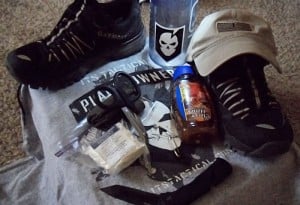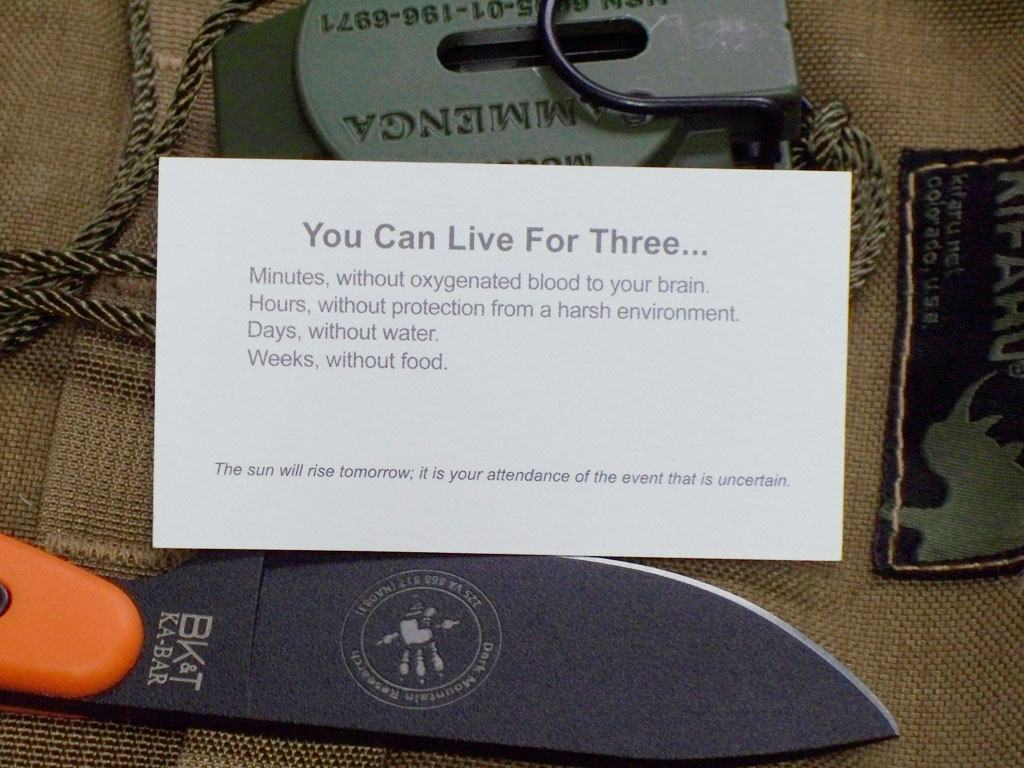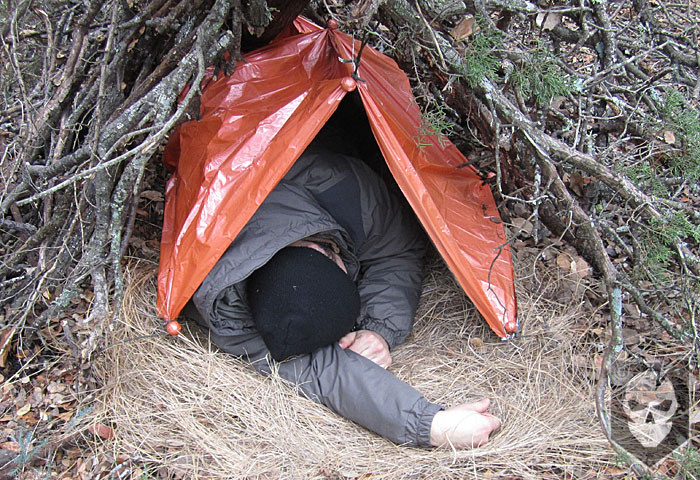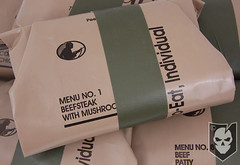Wilderness Medicine and Survival Tips
Have you ever spent the weekend enjoying a camping trip or went for a hike off the beaten path to a less traveled trail?
Perhaps you live near a state park or national forest and enjoy your off time out in areas far away from the modern world.
Let’s hope that while enjoying the great outdoors nothing serious ever happens but if it does, here are some tips to do the best you can when you have next to nothing.
Tips for your next Adventure
Wilderness medicine is very much an art form. You don’t have to have a PhD in medicine, or years of experience growing up in the outdoors.
First, know your limitations and match them to the location, duration of your outing and weather. Also consider whether you should take someone more experienced than yourself with.
Second, use your environment and be creative. Educate yourself about the vegetation, wildlife, and resources in the area you are about to explore. Varieties of plants are edible and have medicinal properties. If you don’t know which ones, be careful as some can be quite toxic.
Third, time can be your friend and your enemy. If you happen to get injured or someone else in your party becomes ill, do the best you can to keep time on your side. This means make maximum use of your resources and remain aware that the food and water you carry may be irreplaceable.
When someone becomes sick or injured out in a remote location everything becomes significantly more challenging. Food and water get used up more frequently. Certain paths or routes become too difficult to negotiate. Backpacks and supplies become harder to carry and manage. Survival, evacuation or transport of the sick and wounded becomes the number one goal.
No matter what, do the best you can to remain calm and keep those that are with you calm. Now is not the time to panic.
Improvised Care
Splints and bandages can be quickly improvised out of spare clothing, gauze in compressed packaging, and a good selection of sticks and tree limbs. In a pinch, safety pins can be used to wrap a t-shirt over an injured arm to make a hasty sling (while the person is wearing the shirt), or used to pin the tongue to the lower lip to keep an airway open.
Honey, either found in your surroundings or packed with you can be used both as a snack and for wound care. Some fast food restaurants will have honey in small, easily transportable packages. You can purchase commercially manufactured tubes and containers that will allow you to pack along a manageable amount in a backpack or pocket.
If you run out of antibiotic ointment, apply honey to reduce infection and aid in wound healing. Candle wax can be used as a temporary tooth filling. Tea bags can be used for quick relief of dental pain and bleeding. Just place the moistened tea bag on to the bleeding site or into the socket that is bleeding.
Drops of tea squeezed from a cool, non-herbal tea bag may help to soothe an irritated eye and relieve pain as well. Afrin or Neo-Synephrine nasal spray contain potent blood vessel constrictors and can be used to stop bleeding. Simply moisten some gauze or clean material and pack into the wound.
Transportation
Transportation out of the area also becomes an art form. Using sturdy tree limbs and a blanket or long sleeve shirt and pants can make for a hasty litter. Belts and nylon webbing can aid in making an improvised harness to assist you in carrying your buddy.
An improvised raft with tree limbs and some rope, lashing or other material may help you down a river or stream. Do not think for a second that if you can’t make it to your vehicle all is lost. The goal for most evacuations is to get to the closest clearing or road.
Roads do not have to be main, paved roads. Forrest service roads are often used by travelers and rescuers. Clearings can be used to remain visible from the air or allow for helicopters to land or hover for evacuation. Most important is to have a plan and let someone know your plan so in the event you do not return a search can be started.
Navigation
GPS devices and cell phones are nice but batteries die and in some locations tower or satellite connections may be weak or lost. Get familiar with a map to easily identify known land marks and pack a compass for directions to major features such as rivers and roads.
A whistle or sports horn can be easily packed and aid in alerting search teams. A mirror can also help reflect light to draw attention to your area. Bright clothing will also help to make you more visible.
Packing List
When considering what to pack in a simple wilderness first aid kit here are some things to keep in mind:
- Your medical expertise
- Location and environmental extremes
- Diseases particular to the area
- Duration of travel
- Distance away from definitive care and professional rescue
- Number of people getting support from the kit
- Pre-existing illnesses that you or those with you have
- Weight and space limitations in your gear
- Pack items in sturdy, doubled up Ziploc bags. This will aid in keeping your supplies protected from the elements and the outer bag can double as a container to irrigate a wound or collect water.
 Simple items to pack in your backpack, camelbak or waist pack include:
Simple items to pack in your backpack, camelbak or waist pack include:
- Honey, goo or gels (homemade or commercially acquired products endurance fitness enthusiasts and marathoners frequently use)
- Gauze
- Sam splint (easily packed, multiple uses)
- Bandage scissors
- Knife or multi-tool
- Duct tape
- Dermabond or superglue
- Forceps or tweezers
- Antiseptic towelettes
- Ace bandage
- Molefoam or moleskin
- Triangular bandage or bandana
- Safety pins
- Dental floss
- Emergency shelter or emergency blanket.
Some common over-the-counter (OTC) medications include:
- Acetaminophen (Tylenol)
- Diphenhydramine (Benadryl)
- Ibuprofen (Motrin)
- Aloe vera gel
- Hydrocortisone cream
- Mylanta or similar tablet
- Neosporin or polysporin antibiotic ointment
Collecting Water
If you find yourself lost, injured or delayed for any reason out in a desolate spot one way to keep your water cool is to use a sock or similar material (the color doesn’t matter although dark colors may shorten the time needed). Wet the sock and slip the sock or material over/around your water container.
Leave it out in the sunlight to begin the evaporation process (this will also work in the shade it just might take longer). As the moisture in the material dries (evaporates) it will have a cooling effect on your water. Now this won’t give you something ice cold to drink but it will make it cool enough for you to notice a difference and make it easier to keep up your fluid intake.
Of course make sure if you are gathering your water from a local water supply and that you go through a purification process to minimize the potential for other survival/medical hazards. Hydration becomes important and increases the likelihood for survival.
Homemade Rehydration Solutions
Rehydration solutions can be made simply by adding one teaspoon of table salt, four teaspoons of cream of tartar, one-half teaspoon baking soda and four tablespoons of sugar to one liter (quart) of drinking water.
An alternate option is to add one-half teaspoon of honey or corn syrup and a pinch of salt to eight ounces of fruit juice and consume and alternate by adding one-fourth teaspoon baking soda with eight ounces of water. You can also pack Gatorade or Powerade at half strength (by mixing half the powder recommended, or dilute the bottles to a 50/50 mix of water and drink)
Notes
Several community colleges offer wilderness first responder classes, rural EMS Agencies and Fire Departments are also a great resource for community classes. Some websites for classes, courses and information include:
- http://www.wilderness-medicine.com
- http://www.nols.edu/wmi
- http://www.wildmed.com
- http://www.wms.org
A great pocket reference that you can pack with you and review anywhere is A Comprehensive Guide to Wilderness & Travel Medicine by Eric A. Weiss, MD. Some of the things described in this article are pulled right from that fantastic book.
Before your next adventure invest some time in preparation, have a plan and share it. Also, know your limitations and if you are inexperienced take someone with experience. Don’t forget to take a camera and have fun. Enjoy the adventure and if something happens you will be better prepared to deal with it.
~ Cory L. Heimark
Editor’s Note: Please join us in welcoming Cory Heimark as an ITS Contributor. Cory has been an U.S. Army Medic for 18 years with multiple deployments overseas. Cory grew up hunting and fishing in the outdoors of North Dakota and enjoys outdoor sports as well as teaching wilderness medicine and First Responder courses for Medical Boot Camp, LLC. based out of Colorado Springs, CO. Cory is also a Plank Owner of ITS Tactical.











Discussion